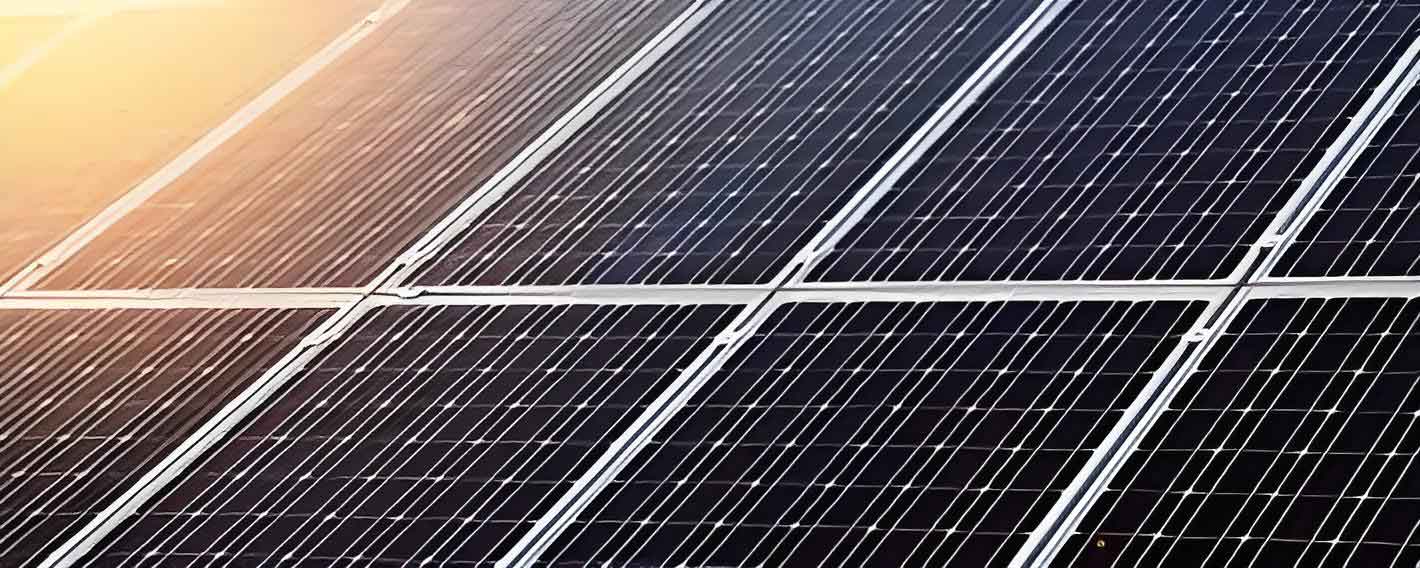The global push towards renewable energy has led to significant advancements in solar panel technologies. These innovations are not only making solar energy more accessible but also more efficient and affordable for residential consumers. This article explores some of the most groundbreaking solar panel technologies that are transforming the way homeowners generate and consume energy.

1. High-Efficiency Monocrystalline Solar Panels
Monocrystalline solar panels are renowned for their high efficiency and durability. Recent advancements in the manufacturing process have increased their efficiency even further, making them an attractive option for residential use. These panels are made from a single crystal structure, which allows electrons to move more freely and efficiently.
Advantages of High-Efficiency Monocrystalline Solar Panels:
- Higher Efficiency: Typically 15-20% efficiency, with some models reaching up to 24%.
- Space Efficiency: More power output per square meter.
- Longer Lifespan: Often come with warranties of 25 years or more.
2. Bifacial Solar Panels
Bifacial solar panels are designed to capture sunlight from both sides, increasing the total energy output. These panels can be installed on reflective surfaces to maximize their efficiency. The ability to generate power from both sides makes bifacial panels particularly effective in areas with high albedo, such as snowy regions or rooftops with reflective coatings.
Key Features of Bifacial Solar Panels:
- Dual-Sided Energy Generation: Increased total energy output.
- Durability: Enhanced resistance to environmental factors.
- Versatility: Can be installed in various orientations and locations.
3. Thin-Film Solar Panels
Thin-film solar panels are lightweight and flexible, making them ideal for unconventional applications. They are made by depositing one or more layers of photovoltaic material onto a substrate. While they generally have lower efficiency compared to crystalline silicon panels, their lightweight and flexible nature make them suitable for various installations, including roofs that cannot support heavy panels.
Advantages of Thin-Film Solar Panels:
- Flexibility: Can be installed on curved or flexible surfaces.
- Lightweight: Ideal for roofs with weight restrictions.
- Cost-Effective: Lower production costs compared to traditional panels.
4. Perovskite Solar Panels
Perovskite solar panels have been gaining attention due to their potential for high efficiency and low production costs. Perovskites are a class of materials that have a unique crystal structure, allowing for high light absorption and charge carrier mobility. Research and development in this area are rapidly advancing, with some perovskite panels achieving efficiencies comparable to silicon-based panels.
Potential Benefits of Perovskite Solar Panels:
- High Efficiency: Comparable to silicon-based panels.
- Low Production Costs: Cheaper to manufacture.
- Flexibility: Can be used in a variety of applications.
5. Solar Roof Tiles
Solar roof tiles integrate seamlessly into the architecture of a home, providing a visually appealing alternative to traditional solar panels. These tiles are designed to look like conventional roofing materials while generating electricity. Companies like Tesla have been at the forefront of developing and popularizing solar roof tiles.
Key Features of Solar Roof Tiles:
- Aesthetic Appeal: Blends in with the existing roof design.
- Durability: Designed to withstand harsh weather conditions.
- Integrated Design: Eliminates the need for separate solar panel installations.
Comparative Table of Solar Panel Technologies
| Technology | Efficiency Range | Cost | Installation Versatility | Durability |
|---|---|---|---|---|
| Monocrystalline | 15-24% | High | Moderate | High |
| Bifacial | 16-22% | High | High | High |
| Thin-Film | 10-12% | Low | Very High | Moderate |
| Perovskite | 15-20% | Low | High | Moderate |
| Solar Roof Tiles | 14-18% | Very High | Moderate | High |
Future Prospects and Conclusion
The future of residential solar energy looks promising with continuous advancements in solar panel technologies. Innovations such as bifacial panels, perovskite materials, and solar roof tiles are making solar energy more accessible, efficient, and aesthetically pleasing. As technology progresses and production costs decrease, homeowners can expect even more options to choose from, further driving the adoption of solar energy.
Investing in solar energy not only helps reduce electricity bills but also contributes to a more sustainable and eco-friendly environment. By staying informed about the latest advancements in solar panel technologies, homeowners can make better decisions that align with their energy needs and environmental goals.
Summary Table of Solar Panel Features
| Feature | Monocrystalline | Bifacial | Thin-Film | Perovskite | Solar Roof Tiles |
|---|---|---|---|---|---|
| Efficiency | High | High | Moderate | High | Moderate |
| Cost | High | High | Low | Low | Very High |
| Installation Versatility | Moderate | High | Very High | High | Moderate |
| Aesthetic Appeal | Moderate | Moderate | Low | Moderate | High |
| Durability | High | High | Moderate | Moderate | High |
In conclusion, the continuous evolution of solar panel technologies is playing a pivotal role in revolutionizing residential energy consumption. By adopting these innovative solutions, homeowners can take significant strides towards energy independence and sustainability.
